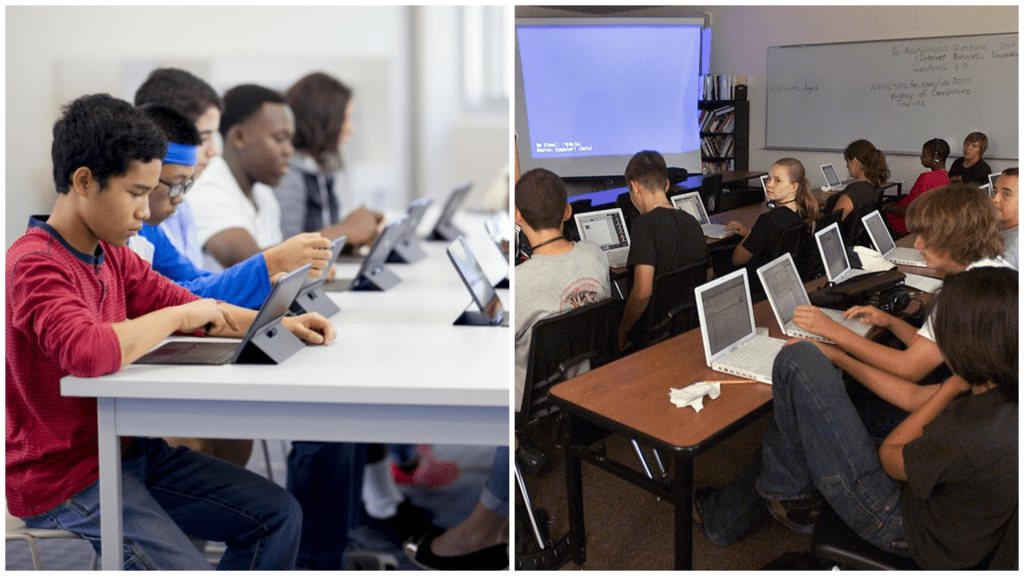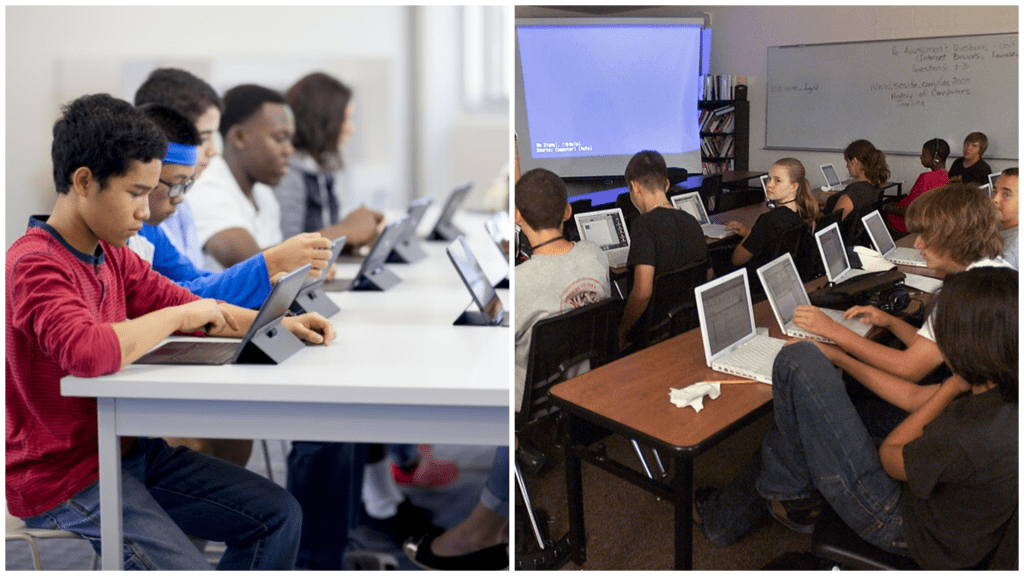
How U.S. Schools Are Introducing AI in Every Grade—and Why Parents, Teachers, and Tech Experts Are All Watching
It feels like science fiction, but it’s happening. In places like Charlotte, North Carolina, schools are already integrating AI tools into classrooms. More than 30 schools have been designated “AI champions” and are now testing chatbots and adaptive learning tools—not just as experiments, but to build long-term AI literacy.
Instead of banning tools like ChatGPT, some districts are customizing safer alternatives and guiding students on how to use AI responsibly. The idea is simple: teach kids to work with technology, not against it. Teachers are also using AI to grade papers, build lesson plans, and identify students who need extra help.
Charlotte-Mecklenburg Schools and Gwinnett County in Georgia are leading the charge. The U.S. Department of Education is watching closely and has started funding national AI education pilots. This shift isn’t just hype—it’s now backed by real strategy, real teachers, and real results.
What This Means for Real Students and Teachers
Picture Makenzie, a 13-year-old with dyslexia. With AI-powered tools, she can listen to written instructions, write essays with assistive grammar support, and stay engaged in class like never before.
Or Ms. Rivera, a third-grade teacher who used to spend hours grading. Now, with AI handling basics, she has more time for 1-on-1 sessions with struggling kids.
Yes, there are concerns—cheating, screen time, and data privacy top the list. But schools aren’t ignoring this. In fact, nearly 40% of U.S. school districts are currently writing policies or offering teacher training on how to use AI the right way. A national draft executive order is also in progress to expand AI use while safeguarding students.

Why It Matters—and What Comes Next
This isn’t a tech trend—it’s an educational shift. AI can’t replace teachers, but it can make them stronger. With the right guardrails, this could be the beginning of a smarter, more personalized U.S. education system—one where every kid, regardless of zip code, gets a chance to learn at their own pace.
It’s not about replacing the classroom. It’s about redesigning it—for the better.


